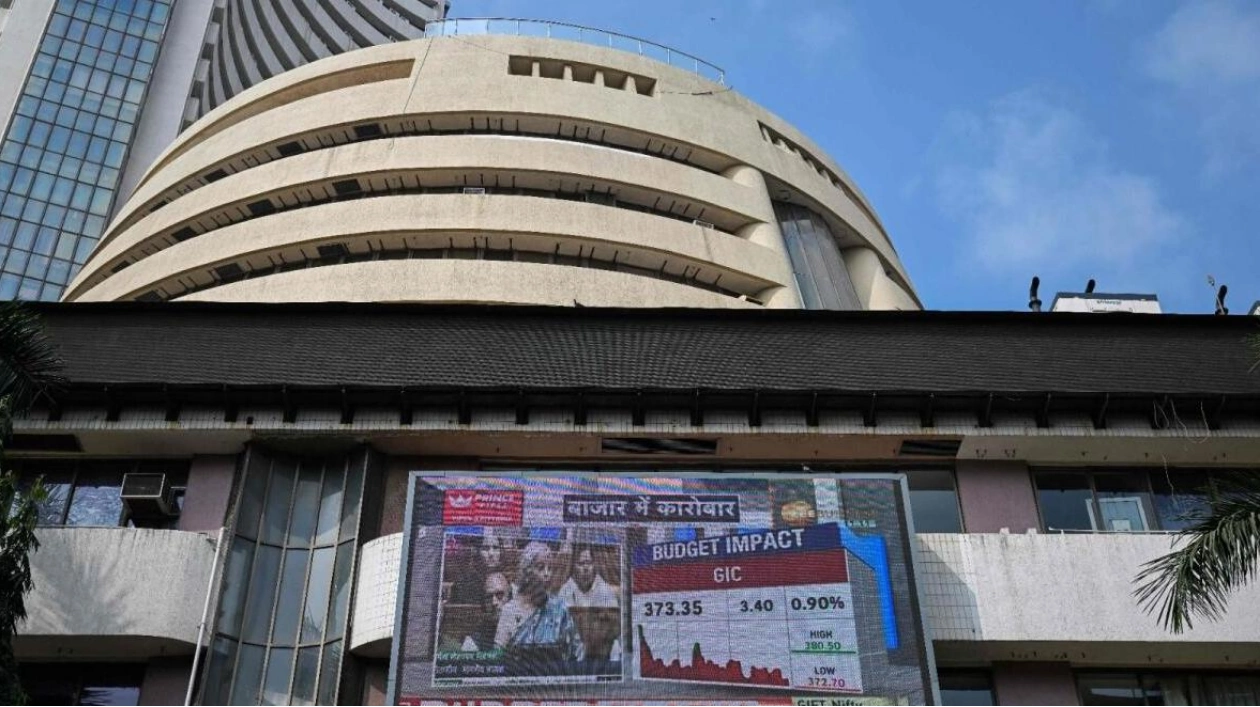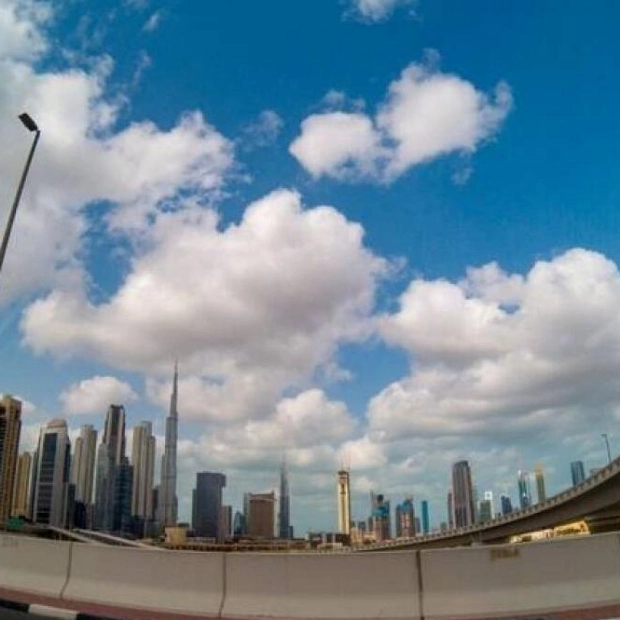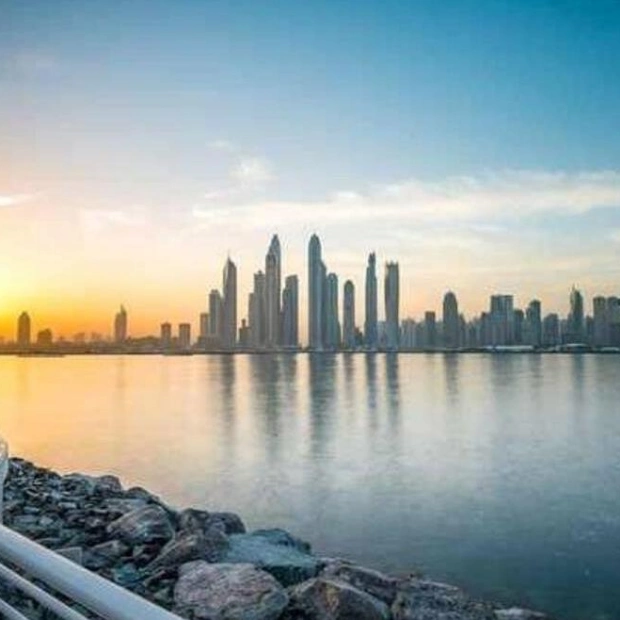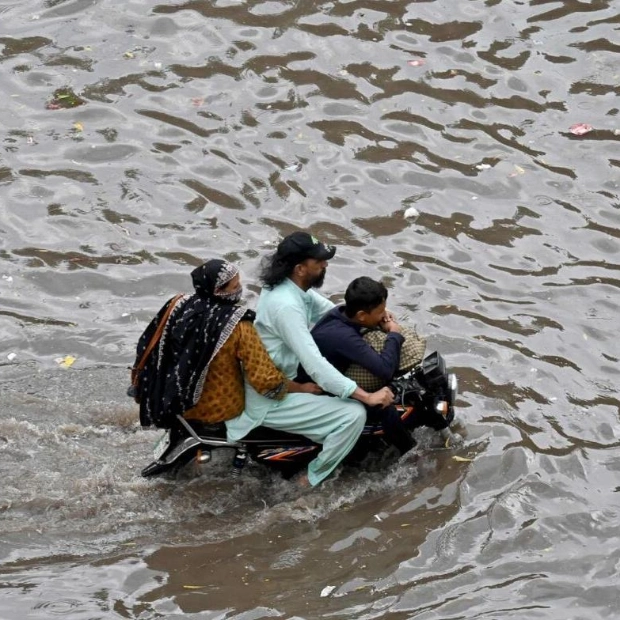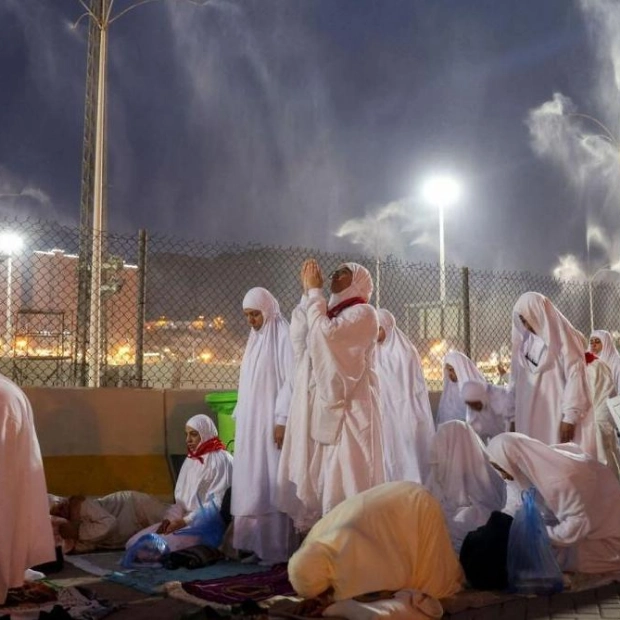Economic analysts predict that Indian Prime Minister Narendra Modi will attempt to repair his relationship with voters through the upcoming federal budget, which is set to be unveiled next week. The focus is likely to be on measures aimed at enhancing employment opportunities and increasing incomes, as economic growth continues to be inconsistent and food prices remain high. Modi's party did not secure a majority in the recent general election, with concerns over job creation and the high cost of living overshadowing his vigorous campaign. To maintain power, Modi is relying on two unpredictable regional partners, the Telugu Desam Party (TDP) and Janata Dal (United), which hold sway over Andhra Pradesh and Bihar respectively.
Finance Minister Nirmala Sitharaman is scheduled to present the first budget of Modi's third term on July 23, offering the initial insight into potential shifts in the government's economic strategies. The interim budget estimates for the fiscal year 2024/25, which commenced on April 1, will be superseded by this new budget. Shreya Sodhani, a regional economist at Barclays, believes the budget will harmonize economic and political considerations, suggesting that the government may utilize the RBI dividend and increased tax revenues to boost spending rather than reducing the deficit. The substantial $25 billion surplus from the central bank will provide the government with additional financial flexibility without enlarging the deficit, which is expected to remain at 5.1% of the GDP, according to a majority of economists surveyed by Reuters.
Over the past three years, the government has nearly doubled its investment in long-term infrastructure projects to stimulate growth and create jobs. This year, it plans to allocate 11 trillion Indian rupees ($131.61 billion) to these projects, and some economists anticipate a further emphasis on manufacturing in the budget. Nomura economists anticipate the government will continue to prioritize domestic manufacturing, possibly through increased local procurement requirements and the extension of preferential tax rates for new manufacturing facilities. Additionally, the government is likely to introduce measures to stimulate consumption, which were absent in the pre-election interim budget. According to a Reuters report, the budget may include a reduction in personal income tax for certain categories.
The Indian middle class, a steadfast supporter of Modi, has yet to receive significant relief, prompting political analyst Rasheed Kidwai to call for government action. Concurrently, India may enhance state subsidies for rural housing and food. However, the government faces demands from its key allies for $6 billion in funds for their states, which could lead to similar requests from other parties. Prior to the election, several states, including those governed by opposition parties like West Bengal and Kerala, argued they received an inadequate share of funds from New Delhi, a claim the federal government disputes. Kidwai warns that these demands could lead to preferential treatment for allies, causing widespread discontent. One potential concession to states could be an increase in interest-free long-term loans for infrastructure projects, currently at 1.3 trillion rupees, with Axis Bank forecasting a 400 billion rupee increase.
Despite increased spending pressures, the government is expected to maintain or reduce its planned market borrowing for the year, as initial spending was slow and tax collections have been robust. Gross market borrowing is projected to remain at 14.13 trillion rupees, though some economists suggest there is room for reduction. JPMorgan estimates that borrowing could decrease by between 400 billion to 500 billion rupees compared to the interim budget.
